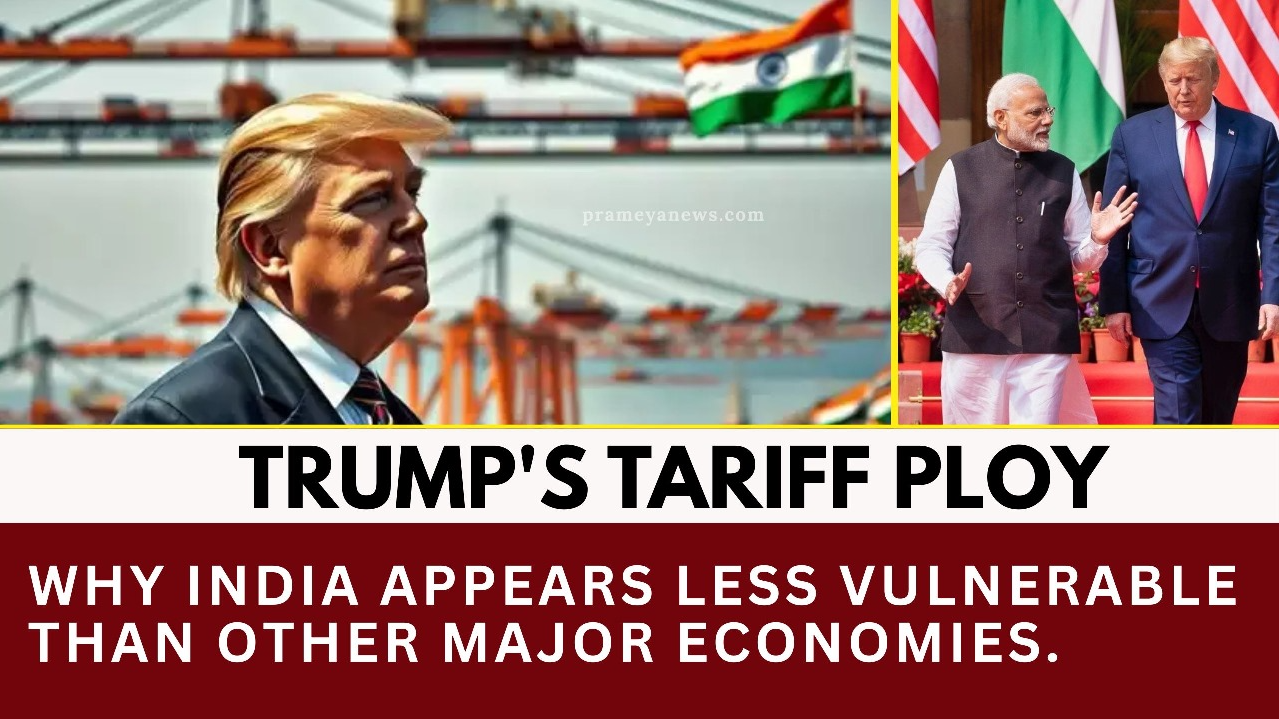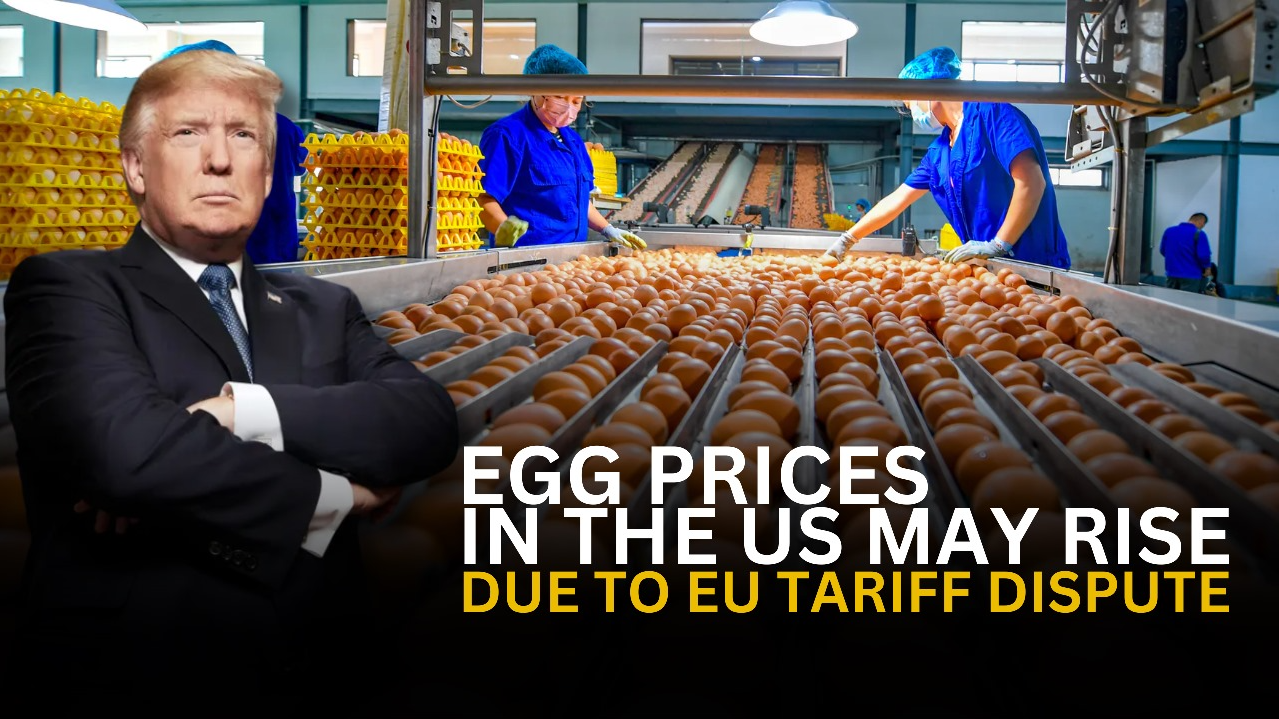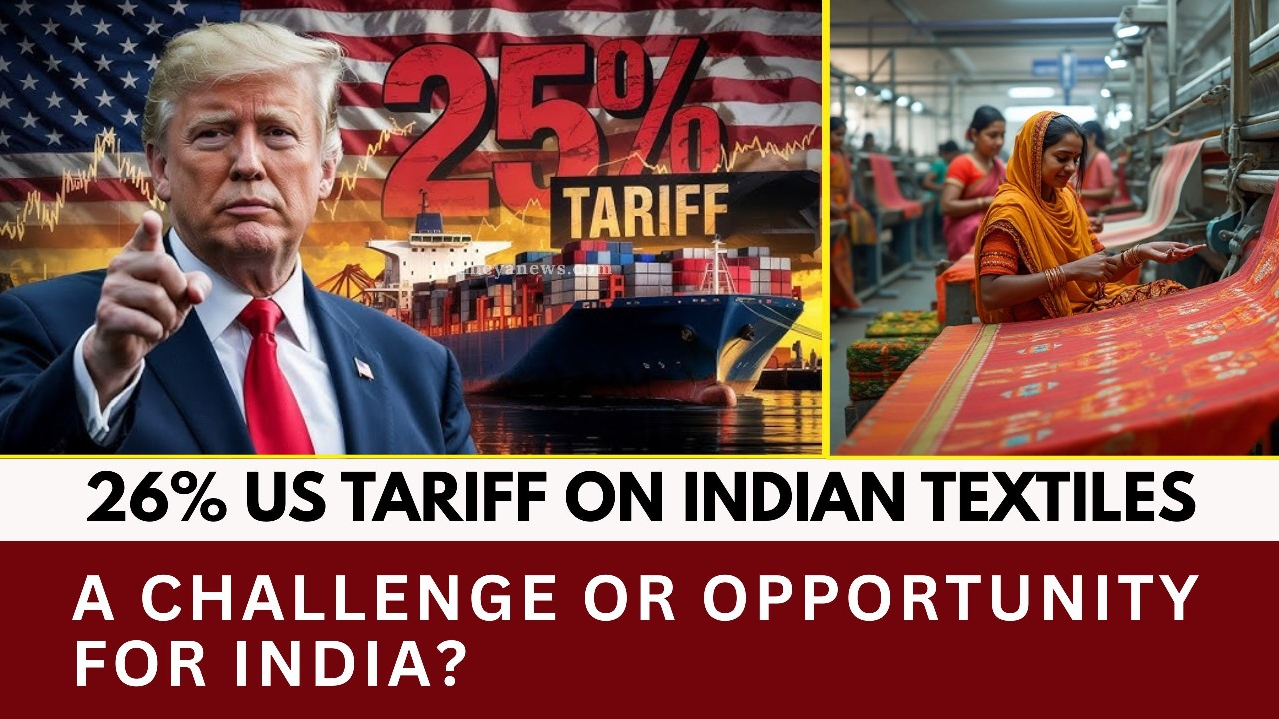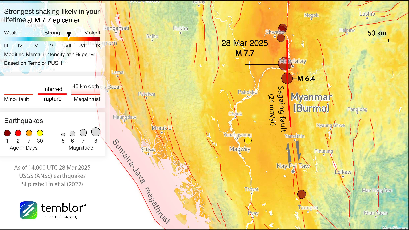Anticipated Trump Tariffs and India's Position
Central to the discussion are anticipated new tariffs, framed under the banner of "Liberation Day," aimed at reshaping America's trade relationships and tackling perceived imbalances. While the specifics remain under wraps pending any official announcements, the rhetoric points towards a significant shake-up, raising questions about which countries might be targeted and how economies like India could fare in this evolving scenario.
Addressing Trade Imbalances
The driving force behind these potential tariffs appears to be a continuation of the Trump administration's view that existing global trade rules disadvantage the United States. The focus is squarely on countries perceived to have significant trade surpluses with the U.S. or those employing high tariffs and non-tariff barriers against American goods. Officials associated with Trump have explicitly mentioned targeting nations responsible for the bulk of the U.S. trade deficit, which they estimate at around a trillion dollars. The goal, as articulated, is to create a more level playing field for American businesses and workers by compelling other nations to adjust their trade practices.
Pinpointing the Targets:
A term gaining traction in these discussions is the "Dirty 15." Coined by Treasury Secretary nominee Scott Bessent in March, it refers to roughly 15% of U.S. trading partners allegedly responsible for the majority of the trade imbalance through high tariffs and restrictive practices. While Bessent didn't explicitly name these nations, analysis quickly turned to official U.S. trade data.
Based on the U.S. Commerce Department's 2024 trade deficit report, the countries with the largest goods trade deficits with the U.S. present a likely list of candidates. This group prominently includes:
China, The European Union (with Germany and Ireland often highlighted individually), Mexico, Vietnam, Taiwan, Japan, South Korea, Canada, India, Thailand, Switzerland, Malaysia, Indonesia
Further expanding the scope, the Office of the U.S. Trade Representative (USTR) previously identified 21 countries whose trade practices were under review due to concerns about fairness. This broader list encompasses major economies like Argentina, Australia, Brazil, Russia, Saudi Arabia, South Africa, Turkey, and the United Kingdom, alongside the fifteen countries mentioned under ‘Dirty 15’.
Trump himself complicated a narrow focus on the "Dirty 15," suggesting a potentially wider application. Aboard Air Force One, he remarked that tariffs might initially apply to "essentially all of the countries that we're talking about," indicating a broader strategy than just targeting a select few. Bessent echoed this sentiment by stating there would be no exemptions for the "Dirty 15." This ambiguity leaves many nations wondering about their potential exposure.
What Kind of Measures Can We Expect?
The anticipated tariffs aren't expected to be uniform. Drawing from past actions during Trump's presidency, the measures could involve:
Reciprocal Tariffs: Matching the tariff rates imposed by other countries on U.S. goods.
Sector-Specific Duties: Targeting industries like pharmaceuticals, semiconductors, steel, and aluminum.
Automotive Tariffs: Specific levies on imported automobiles and parts, which were previously scheduled for implementation around April 3rd/4th based on earlier White House communications referenced in the source material.
Broad-Based Tariffs: Potential application of tariffs across various goods from countries with large trade surpluses.
White House officials indicated that any announced tariffs would likely take effect immediately, emphasizing a swift implementation following the planned announcement. They also suggested a willingness to negotiate with foreign governments seeking adjustments, positioning the tariffs as leverage for achieving "a perfect deal for the American people."
Potential Ripples across Global Trade
The prospect of new, potentially widespread U.S. tariffs carries significant implications for the global economy. Economists and trade analysts are closely monitoring the situation, warning of potential consequences:
Retaliation: Targeted countries are likely to respond with their own tariffs on U.S. goods, potentially triggering a cycle of tit-for-tat measures.
Supply Chain Disruptions: Increased costs and uncertainty could disrupt intricate global supply chains, affecting businesses and consumers worldwide.
Economic Slowdown: Escalating trade conflicts could dampen global economic growth prospects.
Market Volatility: Financial markets often react nervously to trade disputes, leading to increased volatility.
How Might India Fare?
Amidst the global apprehension, analysis suggests India might be relatively less exposed compared to some other major economies targeted by potential U.S. tariffs. This assessment stems primarily from India's economic structure.
Lower Export Dependency: Data for 2024 indicates that India's exports to the U.S. constituted approximately 2.2% of its Gross Domestic Product (GDP). This figure, drawn from USTR reports and IMF GDP estimates, highlights that India's economy is predominantly driven by domestic demand rather than exports to the U.S.
Comparison with Peers: This contrasts sharply with countries like Vietnam, whose exports to the U.S. accounted for a substantial 29.2% of its GDP in 2024. Similarly, Mexico (27.4%) and Canada (18.6%) show much higher dependency on the U.S. market, placing them more directly in the line of fire. Even China, despite being a primary focus, saw its direct exports to the U.S. represent only 2.4% of its GDP (though this figure doesn't account for goods potentially routed through third countries like Vietnam or Mexico).
Sectoral Vulnerabilities: This relative insulation doesn't mean India is entirely immune. Analysis, such as a report by Motilal Oswal economist Nikhil Gupta, identifies specific sectors as potentially more vulnerable. These include electrical machinery, gems and jewellery, pharmaceutical products, machinery (including for nuclear reactors), iron & steel, and seafood. These six categories reportedly make up about 52% of India's total exports to the U.S., translating to roughly 1.1% of India's overall GDP.
Quantifying the Impact: However, predicting the precise impact remains challenging. It depends on numerous factors: the exact tariff rates imposed, the price sensitivity of demand for these goods in the U.S., exchange rate fluctuations, the ability of Indian companies to absorb costs versus passing them on, and the tariff levels applied to competing products from other countries.
Anticipation and Uncertainty
As the world awaits concrete details on potential new U.S. trade measures, the prevailing narrative involves a push to correct perceived trade imbalances, with a group loosely termed the "Dirty 15" potentially facing the most scrutiny. However, signals suggest the scope could be broader, impacting numerous U.S. trading partners and risking retaliatory actions that could disrupt global commerce.
While India appears on the lists of countries with significant trade surpluses with the U.S., its relatively lower dependence on exports to the American market, compared to nations like Vietnam or Mexico, suggests a degree of resilience. Certain Indian export sectors are undoubtedly exposed, but the overall economic impact might be less severe than in more trade-reliant economies. The true extent of the impact, for India and the world, hinges entirely on the specific tariffs ultimately proposed and implemented, and the subsequent reactions from other global trading partners.

















































